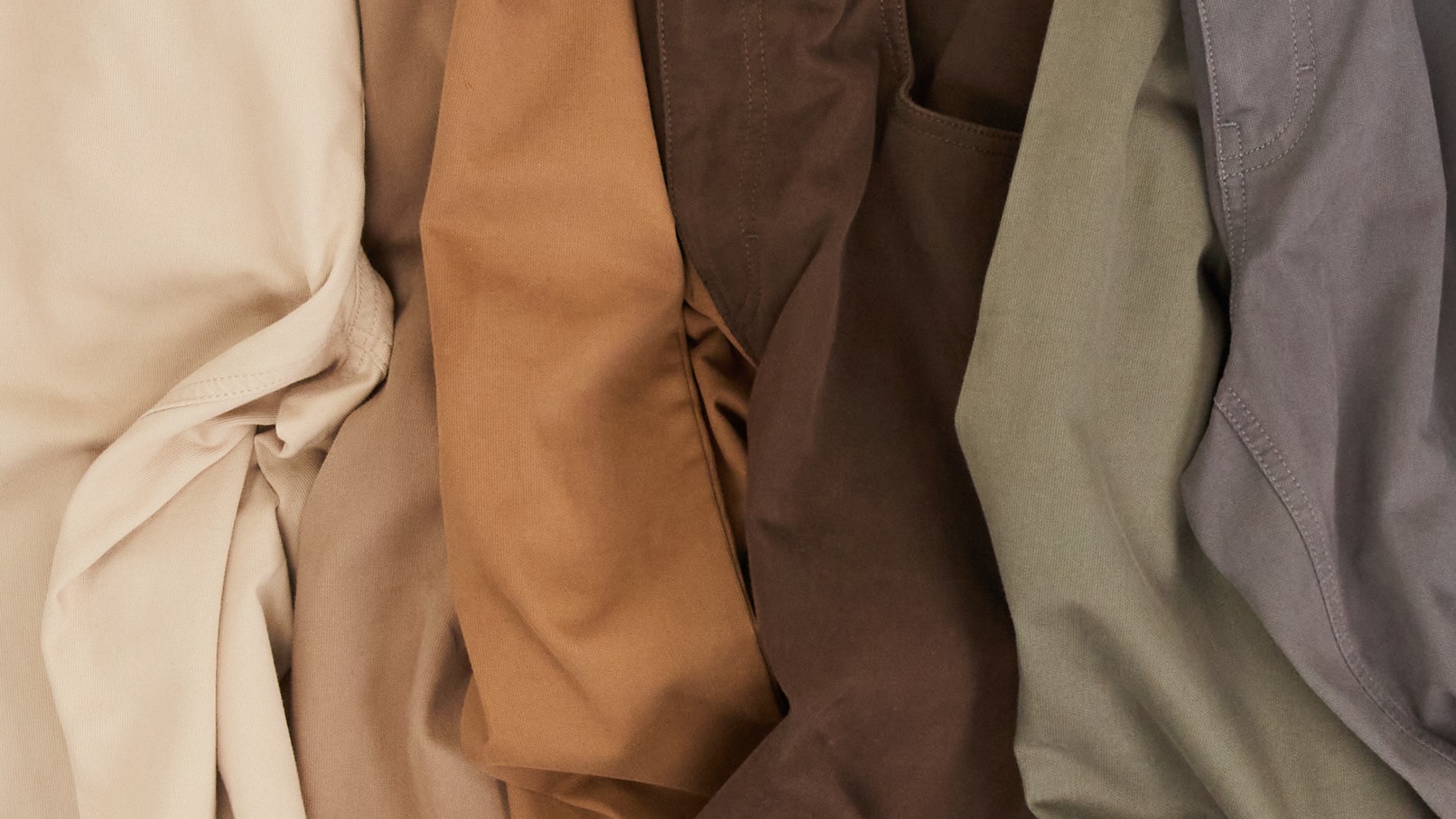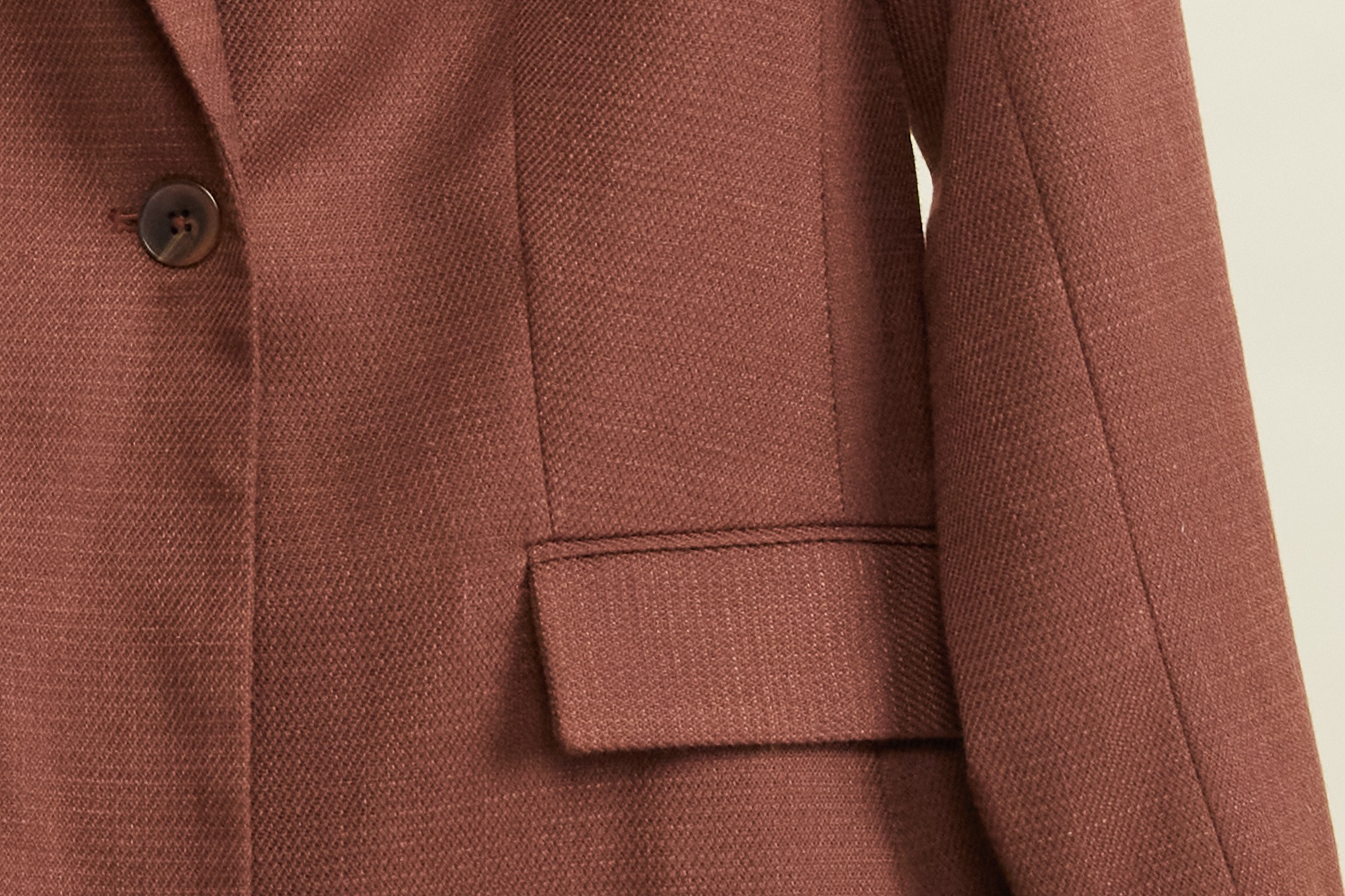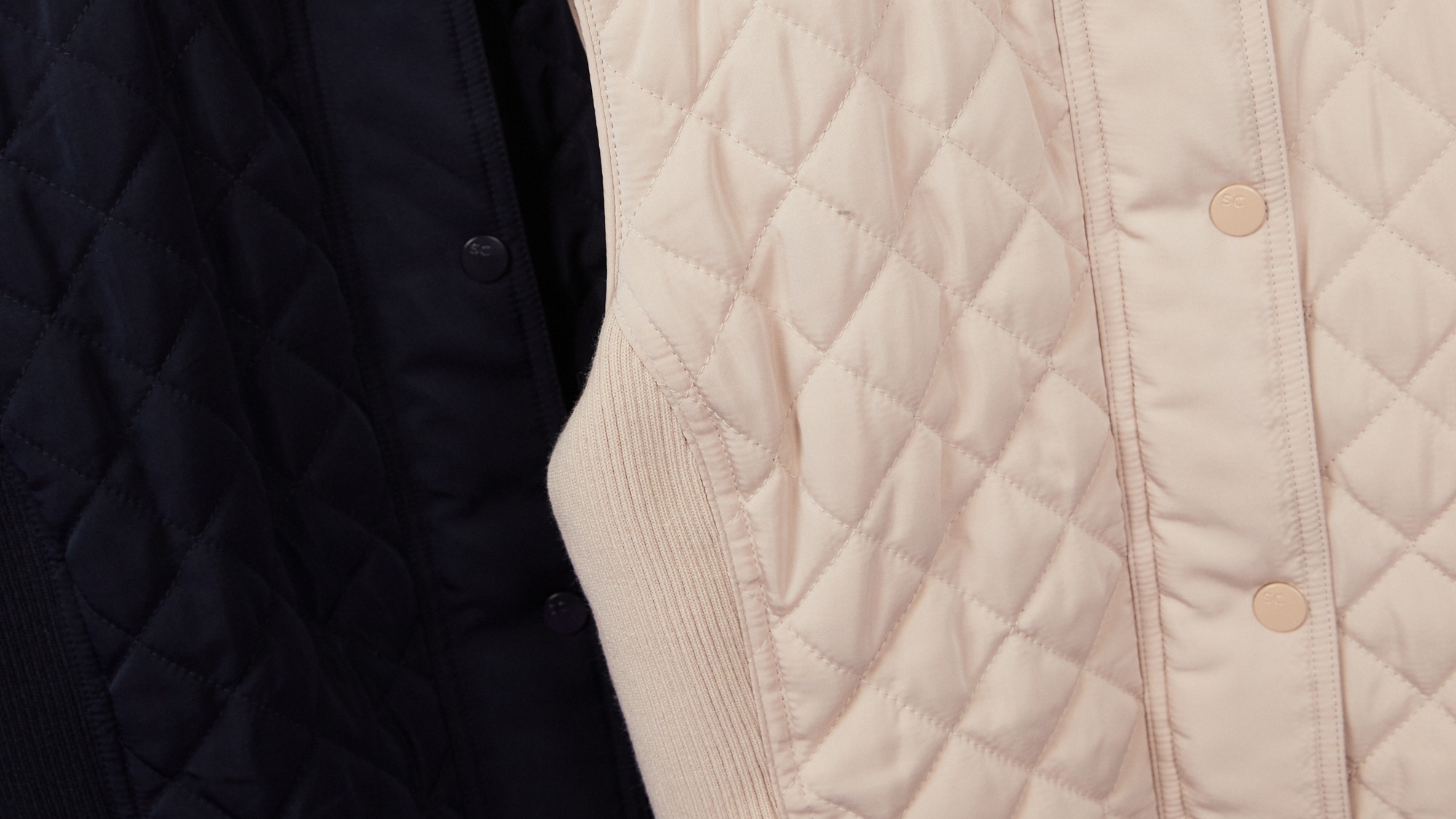Guide to Linen Care
2 Oct 2023
Author: SportscraftMarketing
At Sportscraft, we’ve championed linen for decades. Effortlessly timeless and breathable for all seasons, linen has a relaxed, creased finish when worn and stays fresh in hot weather.
Most of the world’s linen is grown on the coastal band of Western Europe known as the flax belt, stretching from Northern France through to Belgium and the Netherlands. From here, it travels the world to be spun, woven and knitted into fabric. Linen fibres are thicker and longer than cotton, which gives the material its strength and longevity.
We believe in knowing where our linen comes from and the conditions under which it’s grown. This is why we are increasing our use of linen grown in this region as it is majority rain-fed and cultivated without heavy use of fertiliser and pesticides. We will also be increasing the traceability of our linen.
The most sustainable aspect of our linen is its quality, which translates to longevity. With proper care, your Sportscraft linen pieces can last for seasons to come. In this care guide, we explore why this fabric requires specific care, and how to preserve its quality so you can enjoy your linen for longer.
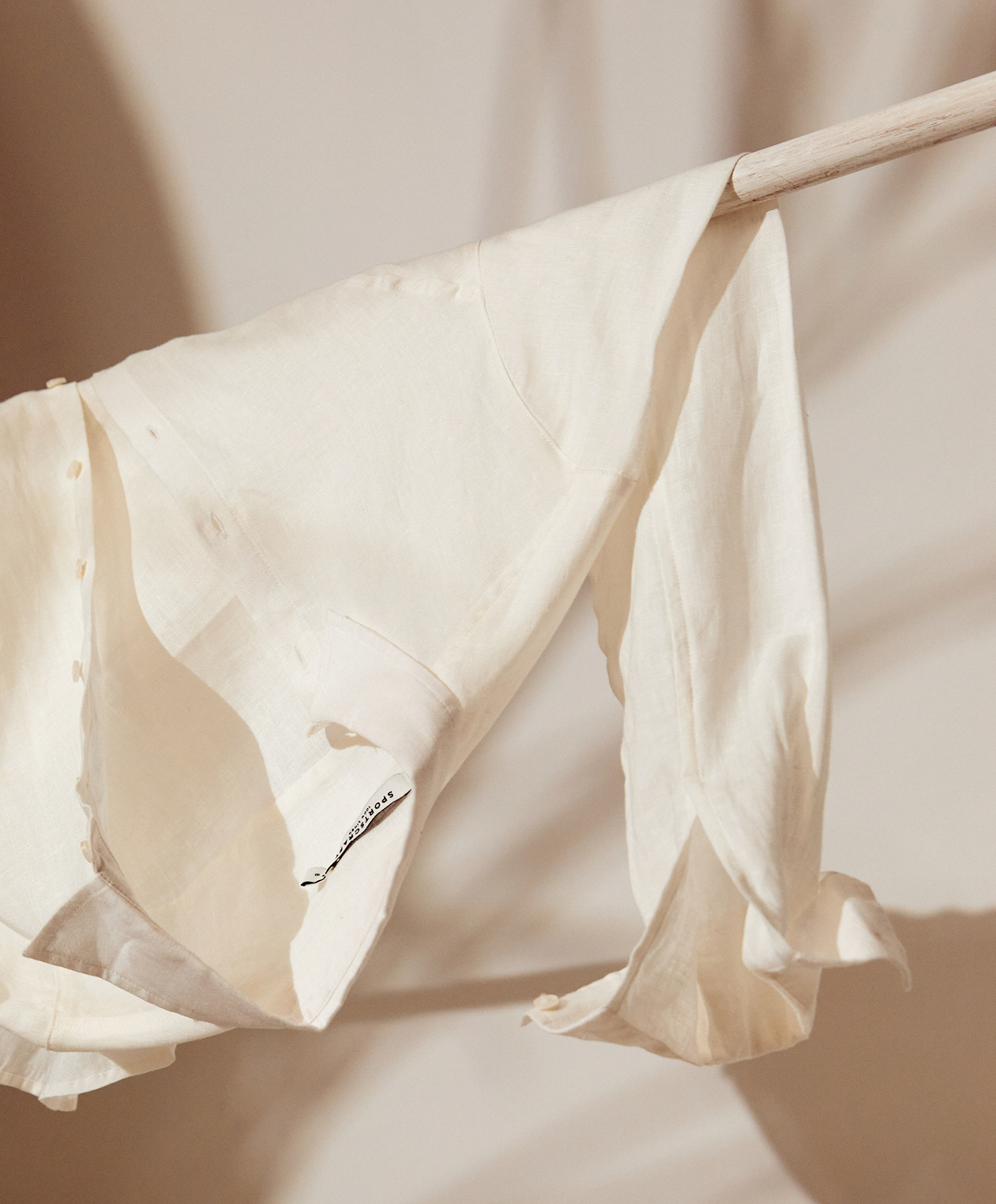

Why Linen Needs Specific Care
Preserving the life of your linen requires attention to care and laundering. Unlike synthetic fabrics, linen can be more susceptible to damage if not handled correctly. Linen fibres are strong but become weaker when wet, making them vulnerable to tearing if mishandled during washing. Additionally, these fabrics are prone to wrinkles, which can become more permanent if not cared for correctly. Linen can also shrink if exposed to high heat, causing a change in size and fit.
We want your linen to last, so it’s important to give this fabric the care it deserves.
How to Care for Linen
Washing Linen Clothes
• When machine washing linen, use a gentle cycle with cold or lukewarm water and wash inside-out. A mild, pH neutral detergent is your best choice to maintain fabric integrity.
• For delicate linen items, consider hand washing with a wool and delicates detergent. Gently agitate the water and rinse thoroughly.
• Whether machine or hand washing, avoid overcrowding the washing machine or basin, as this can lead to excessive wrinkling and inadequate cleaning.
• Avoid using bleach or oxidising detergents, as they can strip colour from the fabric. Likewise, avoid fabric softeners as they can leave a residue that dulls the fabric’s natural lustre.
Spot Cleaning
• For minor stains, blot the affected area gently with a clean, damp cloth. Avoid rubbing vigorously, as this can spread the stain.
• If needed, use a mild, linen-friendly stain remover following the product’s instructions.
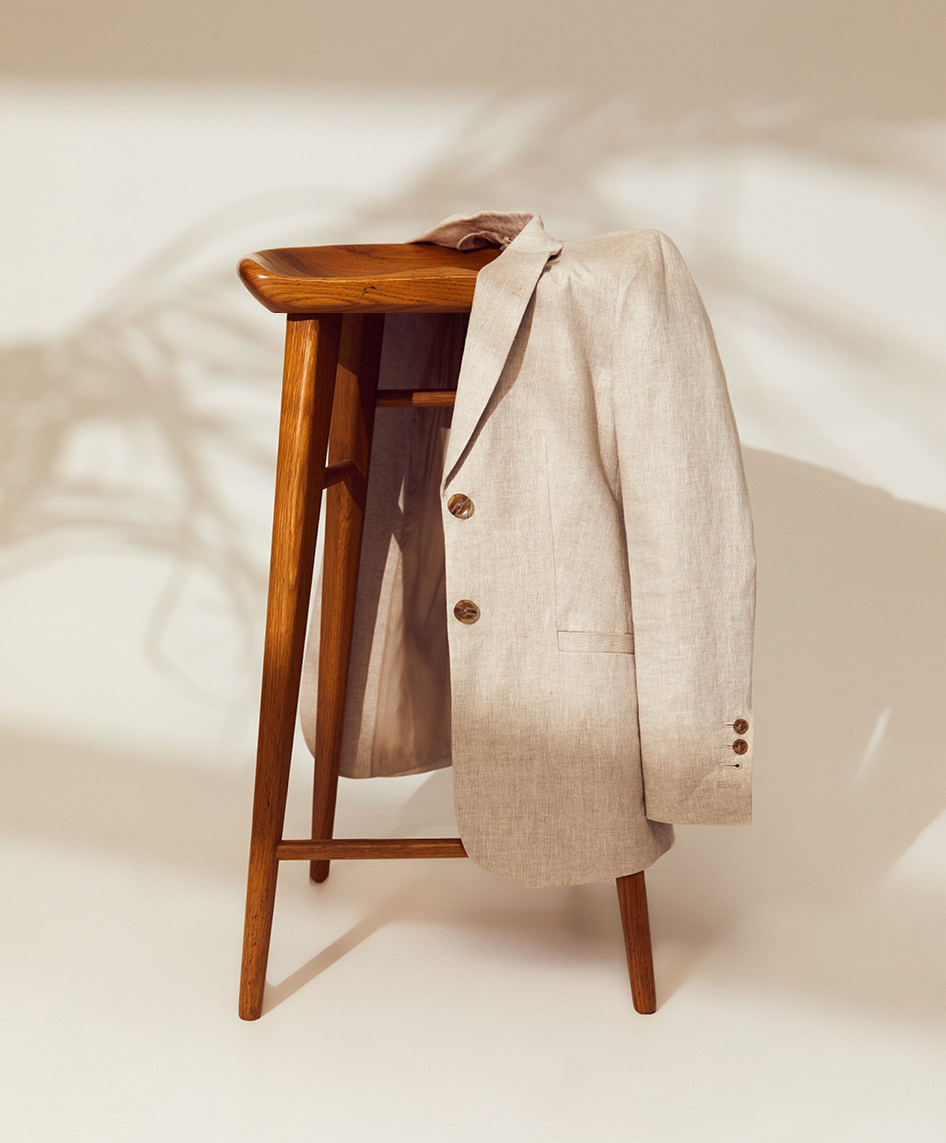
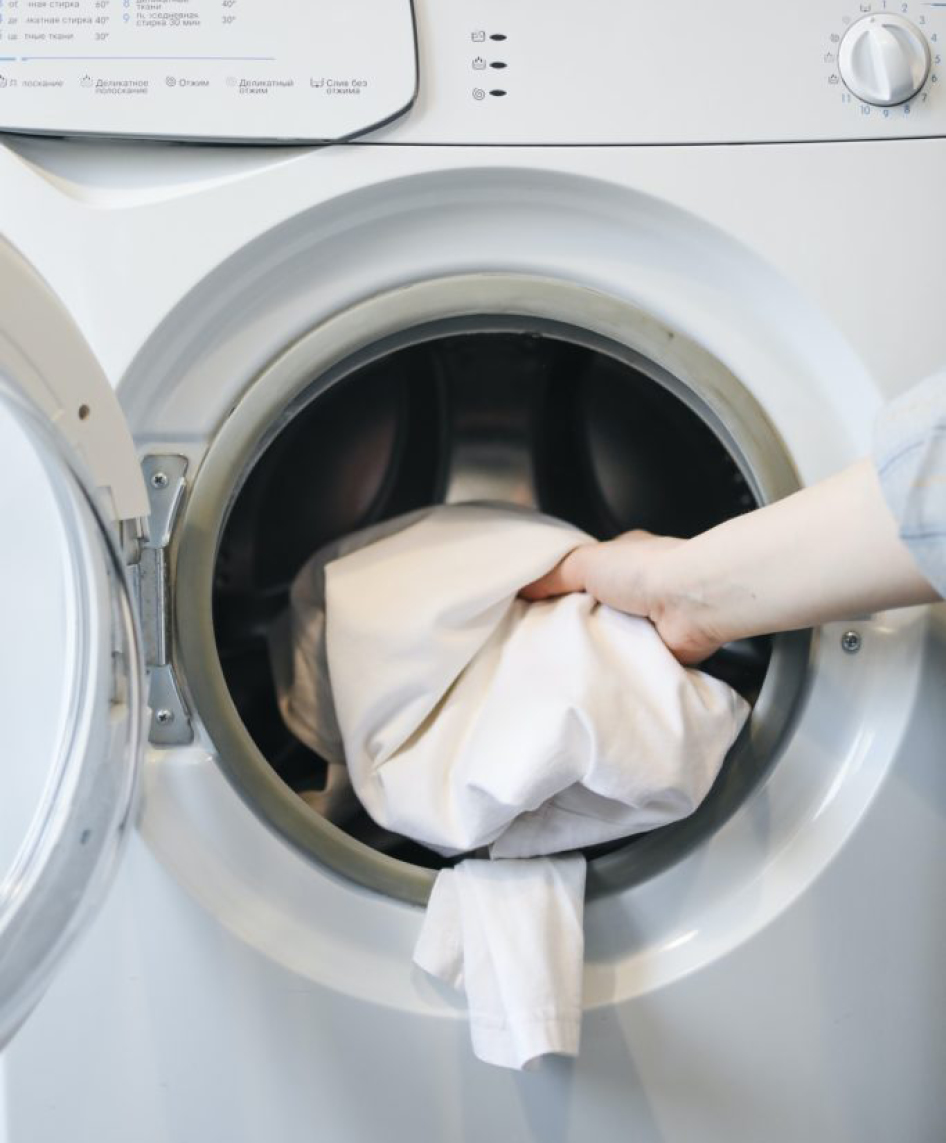
How Often to Wash
• Linen tends not to need frequent washing due to its inherent fibre properties. Unless heavily soiled, consider washing linen items after two to three wears.
Caring for Coloured Linen
• Wash coloured linen items separately and inside out, especially during the first few washes, to prevent colour bleeding.
Avoiding Linen Shrinking
• Linen is prone to shrinkage and damage when exposed to high temperatures. Always follow the care label’s instructions and use low heat settings when tumble drying. Alternatively, air drying is a safer option.
Quick Tips and Tricks
• Store your linen clothes and textiles in a cool, dry place away from direct sunlight. Consider using breathable storage bags or containers to protect them from dust.
• To remove wrinkles, hang your linen items while damp or use a steamer. Alternatively, a quick iron on a low to medium setting can restore their smooth appearance.
• Follow care labels and instructions, and don’t expose linen to direct sunlight for extended periods, as it may cause fading and damage.
• Linen is a natural fabric, so opt for natural cleaning solutions and gentle methods to preserve its integrity.
• Rotate your linen garments to prevent excessive wear on specific areas, and mend any minor damages promptly.
• Prioritise gentle washing, avoiding harsh detergents, and minimising exposure to high heat to ensure the longevity of your linen items.
• Roll your linen items instead of folding them to minimise creases during storage.
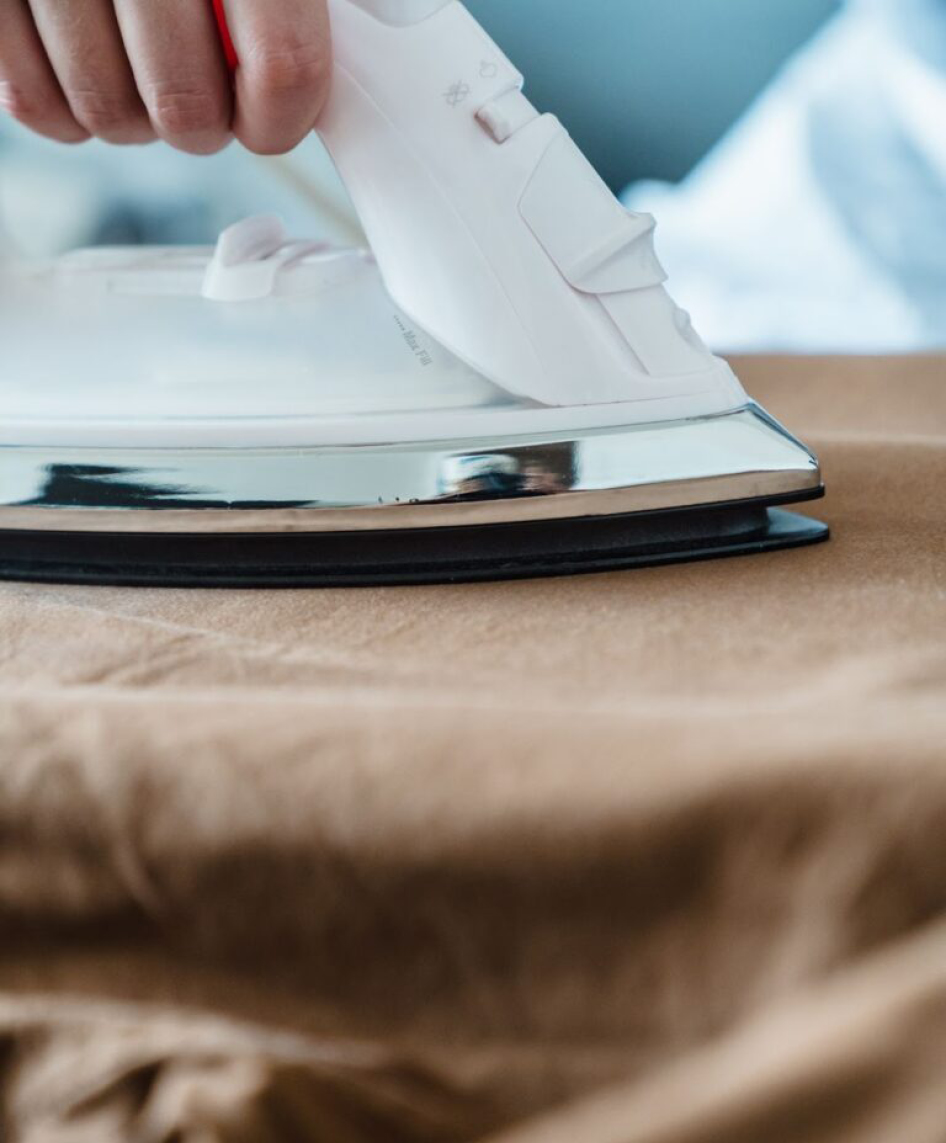
Linen, known for its breathability and effortless aesthetic, has long been a timeless, transeasonal essential. By following the linen care tips and techniques outlined in this guide, you can ensure that your linen is fresh and comfortable for years to come.











